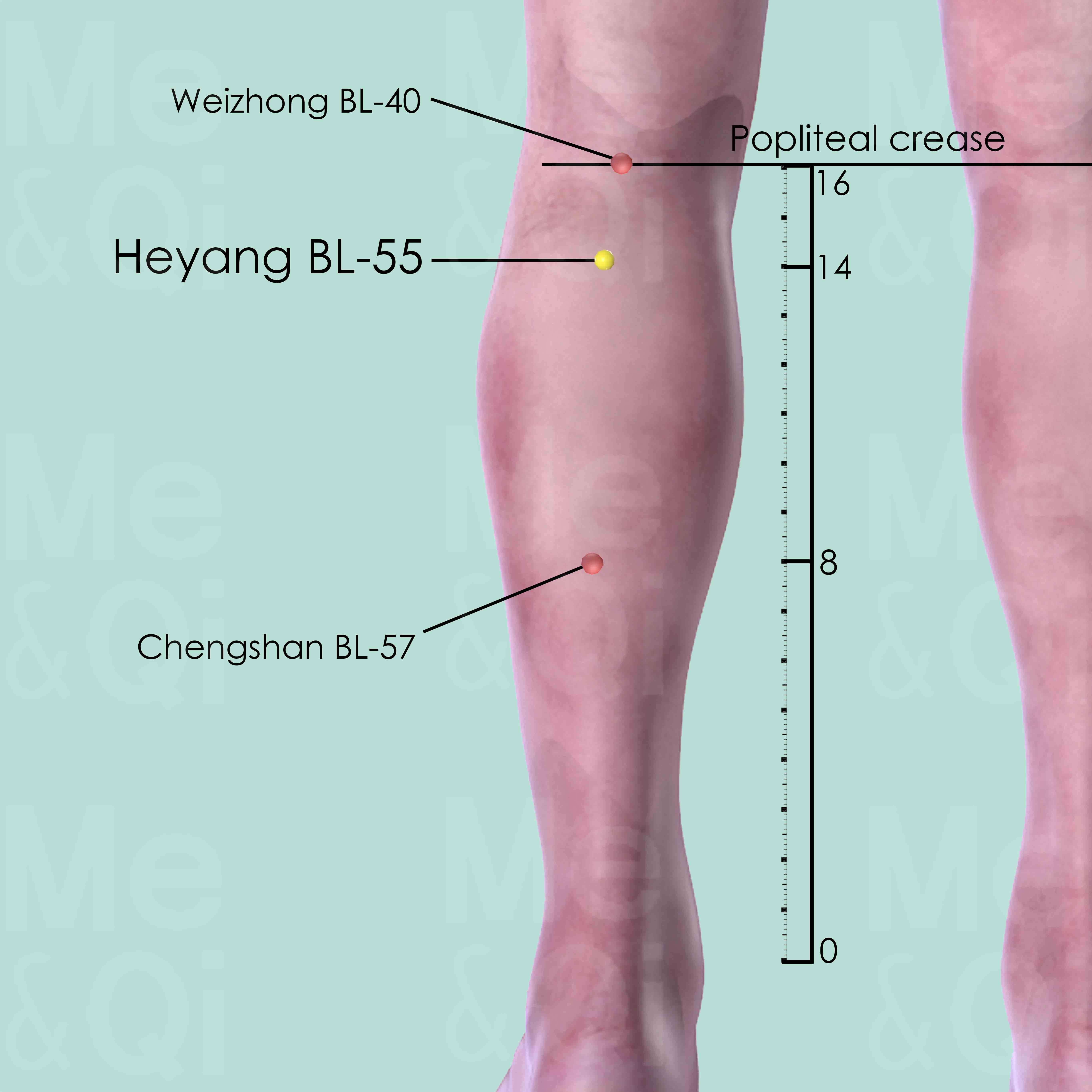Difficulty Walkingaccording to TCM
Symptom family: Locomotion and Mobility Issues
Parent symptom: Difficulty In Moving
What is Difficulty Walking?
Difficulty walking refers to an individual’s challenge in ambulation, characterized by an altered, irregular gait or a sense of instability while moving. It is a broad term that encompasses various gait disturbances, where the act of walking, which typically occurs effortlessly and unconsciously, becomes effortful or uncomfortable.
This symptom can be due to a variety of causes, including musculoskeletal issues, neurological conditions, or injuries. Difficulty walking not only affects mobility but can also have broader implications for an individual's independence and quality of life.
How does TCM view Difficulty Walking?
Traditional Chinese Medicine (TCM) understands difficulty walking as a manifestation of an imbalance in the body's vital energies, with particular attention to the flow of Qi and Blood. TCM suggests that impediments in this flow, whether due to internal deficiencies or external obstructions, can lead to compromised mobility.
Recognizing the specific pattern of disharmony causing the difficulty—be it Qi Stagnation, Blood Deficiency, Damp accumulation, or a Deficiency in the Kidney or Liver systems—is crucial. In TCM, each pattern requires a different treatment approach, highlighting the importance of a tailored diagnosis to effectively restore balance and ease of movement.
Acupoints for Difficulty Walking
In the treatment of difficulty walking, TCM advocates for the strategic use of acupoints along the body's meridians to correct imbalances and restore fluidity of movement. One such point is Heyang (BL-55) on the Bladder Channel. Located below the knee, this acupoint is known for its ability to remove obstructions from the Channel, which can be instrumental in improving walking difficulties.
By stimulating Heyang, practitioners aim to enhance the flow of Qi and Blood to the legs, alleviate pain, and strengthen the muscles and tendons required for stable and effortless walking. This approach is indicative of the broader TCM philosophy that seeks to harmonize the body's internal functions to address physical symptoms.
See more details below about Heyang BL-55, an acupoint used to address difficulty walking.
- By Meridian
- Bladder Channel

Heyang BL-55
2 cun directly below Weizhong BL-40, between the medial and lateral bellies of gastrocnemius muscle, on the line joining Weizhong BL-40 and Chengshan BL-57.
